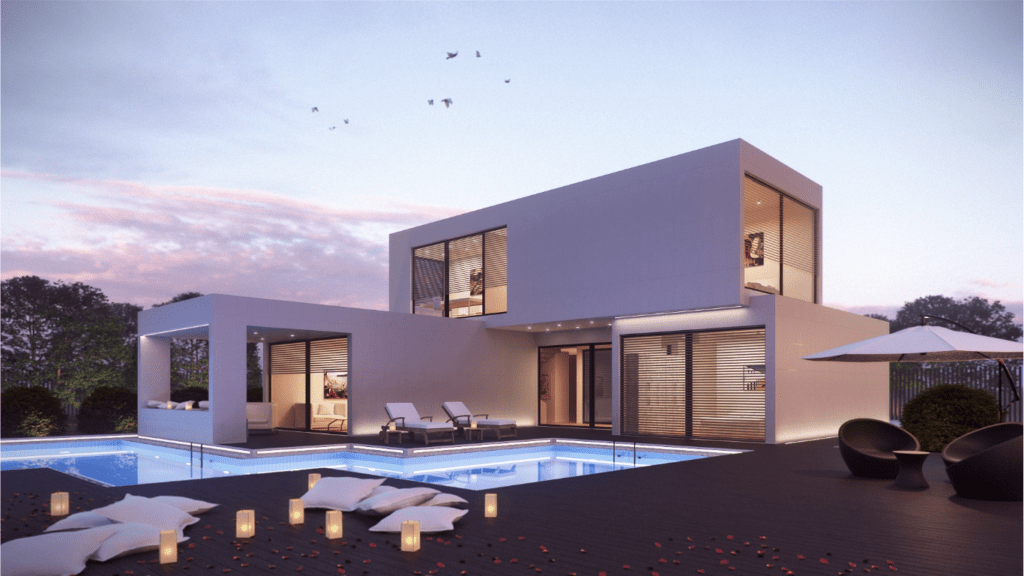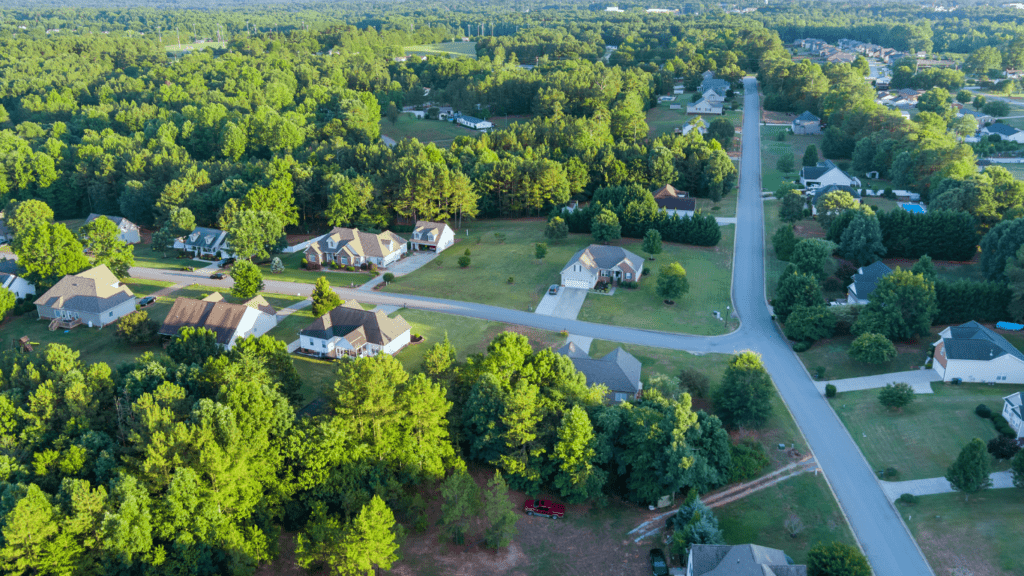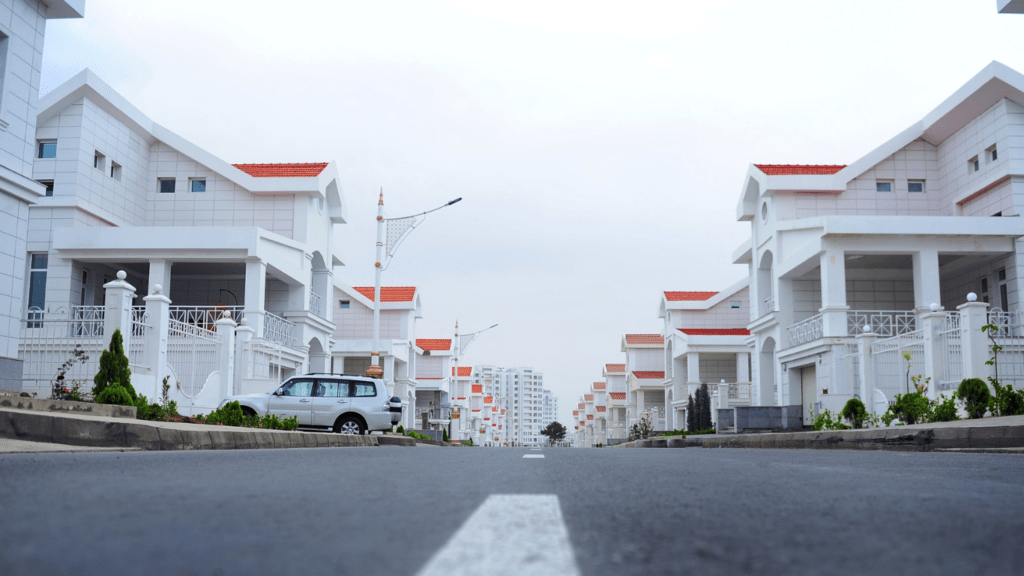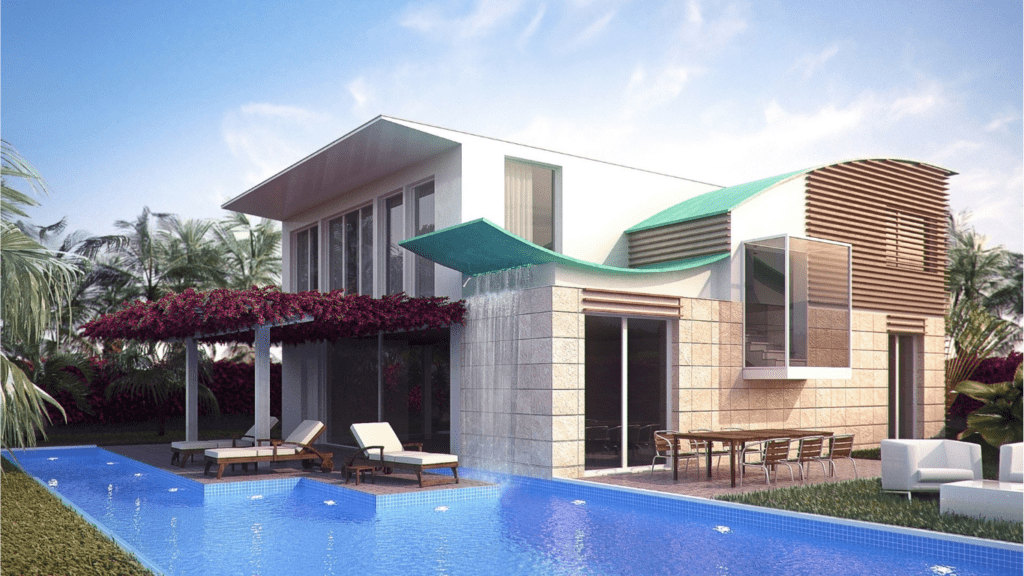Understanding Luxury Real Estate
Luxury real estate embodies comfort, style, and exclusivity. This sector includes high-end properties such as lavish penthouses, sprawling estates, opulent villas, and exclusive condominiums. I focus on several core elements that define this market, setting it apart from standard residential real estate.
Key Features
- Prime Location
Location remains a critical aspect of luxury real estate. Properties are typically situated in desirable areas, offering breathtaking views or proximity to significant landmarks. Examples include oceanfront villas in Miami and city-center penthouses in Manhattan. - Architectural Design
Leading architects design luxury properties with unique and aesthetically pleasing elements. These homes feature custom finishes, high-end materials, and innovative designs. Examples include contemporary glass structures and historical restorations. - State-of-the-Art Amenities
Amenities in luxury homes often surpass standard features. They can include private pools, home theaters, personal gyms, and expansive gardens. For instance, some estates might offer wine cellars and smart home technology. - Privacy and Security
High-end properties prioritize privacy and security, often featuring gated communities, advanced surveillance systems, and private entrances. For example, some luxury condominiums provide 24/7 concierge services and private elevators.
Market Demand and Trends
Demand in the luxury real estate market remains strong due to its appeal to affluent buyers seeking exclusive lifestyles. Recent trends indicate a growing preference for sustainable and eco-friendly properties. Green building certifications and energy-efficient systems are now common in premium homes.
Investment Potential
Luxury real estate serves as a lucrative investment. High-net-worth individuals and investors view these properties as safe assets that appreciate over time. The return on investment in this market often outpaces traditional real estate due to limited supply and high demand.
Through understanding these aspects, the luxury real estate sector reveals itself as a domain combining opulence, sophistication, and substantial financial promise.
Key Features of Modern Luxury Developments
Luxury real estate developments continue to push boundaries. They integrate sophisticated innovations and eco-friendly elements, creating homes that epitomize modern opulence.
Architectural Innovation
Architectural innovation stands at the forefront of these developments. Top-notch architects design these properties, blending aesthetic appeal with functionality. Many luxury homes feature open floor plans, maximizing space and natural light. Unique structural elements such as glass walls and cantilevered sections enhance the visual allure, setting these properties apart from conventional designs.
Sustainable Design
Sustainable design has become a critical aspect of luxury real estate. Developers incorporate eco-friendly practices and materials to create energy-efficient homes. Features often include solar panels, green roofs, and rainwater harvesting systems. By prioritizing sustainability, these homes reduce environmental impact while providing a healthier living environment for residents.
Advanced Smart Home Technologies
Advanced smart home technologies greatly enhance the luxury living experience. These homes often include integrated systems for lighting, heating, and security, all controllable via smartphone or tablet. Examples include voice-activated assistants, automated climate control, and state-of-the-art surveillance systems. These technological amenities offer unparalleled convenience and security, ensuring a seamless lifestyle for residents.
Noteworthy Luxury Real Estate Developments Around the World

High-end real estate projects are redefining luxury living across various continents. Here’s an exploration of some of the leading developments in Asia, Europe, and North America.
Asia
In Asia, luxury real estate developments showcase cutting-edge design and innovative amenities. The Bangkok skyline now includes Magnolias Ratchadamri Boulevard’s distinctive buildings. This development offers residents panoramic city views and state-of-the-art facilities. Marina Bay Sands Residences in Singapore exemplify luxury living with its integrated resort, featuring high-end retail spaces, private infinity pools, and exclusive art exhibits.
Tokyo’s Toranomon Hills incorporates green spaces and intelligent buildings. Esteemed architects designed this complex to provide eco-friendly, efficient living spaces. Similarly, Mumbai’s Lodha Altamount offers expansive sky villas with private pools, fitness centers, and automated home systems.
Europe
Europe’s luxury real estate market combines historical charm with modern elegance. One Hyde Park in London signifies ultimate opulence, featuring interiors designed by Alberto Pinto. Residents enjoy a private cinema, luxury spa, and concierge services. Paris’s Tour Odéon is another standout, with its lavish apartments providing sweeping city views and high-end amenities including in-apartment pools and wellness centers.
In Italy, the Lake Como Villas offer exclusive waterfront living with private docks and landscaped gardens. Switzerland’s St. Moritz provides luxurious chalets that combine traditional alpine architecture with modern luxuries like:
- indoor pools
- saunas
- private ski lifts
North America
North American luxury developments emphasize exclusivity and cutting-edge technology. In New York, the Central Park Tower reaches new heights in luxury with its ultra-luxurious residences, private club, and unobstructed park views. Los Angeles’s The Century offers high-rise living with expansive penthouses, private elevators, and celebrity-designed interiors.
Miami’s Faena House features oceanfront views, private pools, and smart home technology to enhance the resident experience. Toronto’s The One, a supertall skyscraper, will offer unparalleled luxury with custom-designed interiors, exclusive amenities, and premier retail spaces.
Each of these developments represents a unique perspective on luxury, catering to the discerning tastes of affluent buyers and setting new standards in the real estate market.
Market Trends in Luxury Real Estate
Luxury real estate is continuously evolving, driven by trends that reshape the market landscape. I’ll explore two significant trends making waves in this exclusive sector.
Growing Demand for Customization
Affluent buyers increasingly seek tailored homes that reflect their personal tastes and lifestyles. I’ve noticed that bespoke features, from personalized interior designs to unique architectural elements, are in high demand. Custom wine cellars, private gyms, and home cinemas are common requests. Developers now offer more customization options, collaborating with buyers to create one-of-a-kind residences.
Impact of Global Economy
The global economy plays a crucial role in the luxury real estate market. Economic shifts influence buyer behavior and property values. For instance, economic growth in emerging markets often boosts demand for luxury properties. Conversely, economic downturns can slow down market activity, although luxury real estate tends to remain resilient due to its limited supply and enduring appeal to high-net-worth individuals. I’ve observed that currency fluctuations and geopolitical events also impact international buyer interest and investment in prime locations.
Investment Opportunities in Luxury Real Estate
Luxury real estate offers numerous investment opportunities. High-net-worth individuals are drawn to the sector for its potential financial benefits and unparalleled lifestyle enhancements.
High ROI Potential
Investing in luxury real estate can yield significant returns. High-end properties often appreciate faster than traditional real estate due to their exclusivity and limited supply. For example, areas like Manhattan and Beverly Hills have seen substantial property value increases over the past decade. According to Knight Frank’s Wealth Report, prime residential prices in cities like New York, London, and Hong Kong consistently outpace inflation.
Rental income from luxury properties can be substantial. Affluent tenants seek premium amenities and prime locations, willing to pay higher rents for quality living spaces. Vacation rentals in desirable locations offer additional income opportunities, especially in tourist-heavy regions like the French Riviera or Aspen.
Tax benefits are another advantage. Many jurisdictions offer favorable tax treatments for real estate investments, providing deductions for mortgage interest, property depreciation, and certain maintenance costs. High-net-worth investors can leverage these benefits to reduce their taxable income, enhancing overall returns.
Risks and Considerations
Despite high ROI potential, luxury real estate investments come with risks. Market volatility can impact property values. Economic downturns, such as the 2008 financial crisis, demonstrated that even high-end properties aren’t immune to market fluctuations. Investors must consider economic conditions and market trends before making a purchase.
High carrying costs can affect profitability. Luxury properties come with higher maintenance, insurance, and property tax expenses. For instance, maintaining a luxury villa in Malibu or a penthouse in Dubai involves significant ongoing costs, from repairs to staffing.
Liquidity risk is another factor. Selling luxury real estate can take longer compared to standard properties, due to a smaller pool of potential buyers. This can tie up capital for extended periods, affecting overall financial flexibility.
Regulatory changes can impact foreign investors. Countries may introduce restrictions on foreign ownership of luxury properties or amend existing tax laws, affecting the investment landscape. For example, recent property cooling measures in Singapore and New Zealand have impacted luxury property demand.



 Founder & CEO
Irenee Nunezerro is the visionary founder and CEO of Luxe House Maker, with over 15 years of experience in luxury real estate and interior design. Known for her expertise in blending opulence with innovation, Irenee launched Luxe House Maker to provide readers with comprehensive updates on the latest trends in high-end properties, interior décor, and smart home technology. Her passion for creating luxurious, technologically advanced spaces has positioned Luxe House Maker as a leading resource for those seeking to elevate their lifestyles. Irenee’s commitment to delivering cutting-edge content ensures that Luxe House Maker stays at the forefront of the luxury market.
Founder & CEO
Irenee Nunezerro is the visionary founder and CEO of Luxe House Maker, with over 15 years of experience in luxury real estate and interior design. Known for her expertise in blending opulence with innovation, Irenee launched Luxe House Maker to provide readers with comprehensive updates on the latest trends in high-end properties, interior décor, and smart home technology. Her passion for creating luxurious, technologically advanced spaces has positioned Luxe House Maker as a leading resource for those seeking to elevate their lifestyles. Irenee’s commitment to delivering cutting-edge content ensures that Luxe House Maker stays at the forefront of the luxury market.
